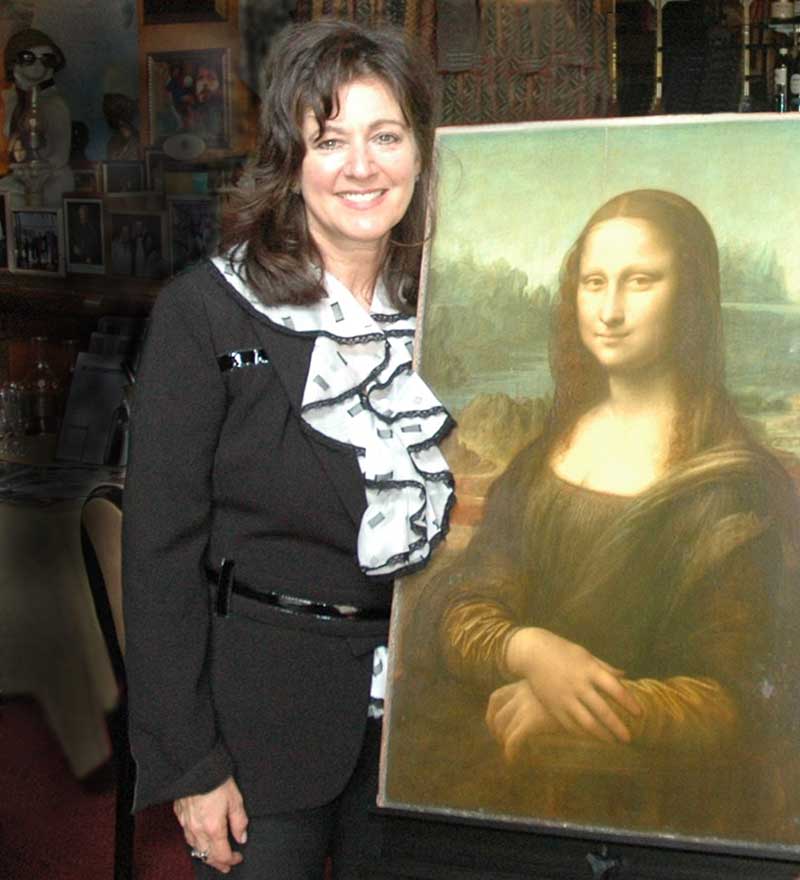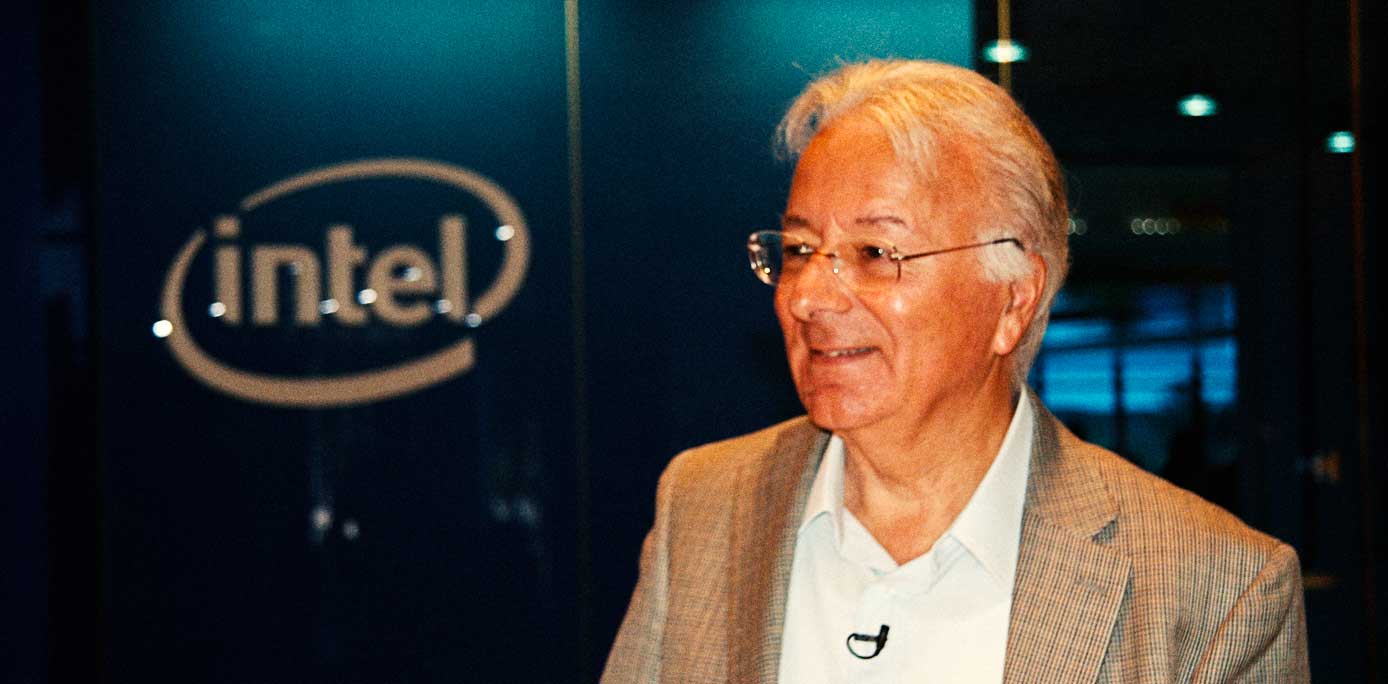“To see the city through the eyes of Dominic Angerame is to see an organic beast of concrete that sifts and breathes in rich shades of black and white.” – Silke Tudor, SF Weekly
Since 1969, Dominic Angerame has made dozens of films that have been shown and won awards in film festivals around the world. He has been honored by two Cine Probe series at the Museum of Modern Art in New York City in 1993 and 1998.
Originally from Albany, New York, Angerame lives in North Beach (the subject of two of his upcoming films, “two short comedies about coffee-shop living”), and is a visiting faculty member at the San Francisco Art Institute. Under his leadership as Executive Director of Canyon Cinema for over thirty years, Canyon Cinema became one of the world’s most renowned distributors of avant-garde and experimental films. Its contribution to the field of experimental/avant-garde filmmaking is historic.
Recently, L’Italo-Americano was fortunate to sit down with Angerame and ask the questions film buffs can’t wait to ask a Bay Area film legend.
When did you relocate to the West Coast and why?
I moved to San Francisco in 1979, am currently living in North Beach and have been since I moved from Chicago. I found North Beach to be very visually attractive and supportive of me artistically. I was a filmmaker in Chicago when I read about Canyon Cinema in San Francisco.
They distributed films and I sent my films there. After I moved to the City, a job opened up at Canyon Cinema and I got it in 1980.
When did you make your first film? Title? What was your inspiration?
I shot home movies when I was in high school; however, the first serious film I shot was called Demonstration 68. I had attended an anti-war demonstration in New York City and filmed some of the march with my regular 8 mm film.
What have been the projects closest to your heart (with particular emphasis on those in the San Francisco Bay Area).
The City Symphony I create is the closest to my heart. In my filmmaking I cannot help but be influenced by the urban area in which I live, love and sometimes hate, affected by such filmmakers of the thirties such as Dziga Vertov, Walter Ruttman, Laslow Mohol-Nagy, Joris Ivens and others. I have been an urban rat most of my life, living in Albany, New York, Buffalo, Chicago and now San Francisco.
City Symphony, is a collection of seven separate films that I have been making since 1987. The series is ongoing and include my films: Continuum, Deconstruction Sight, Premonition, In the Course of Human Events, Line of Fire, Battle Stations-A Navel Adventure and my most recent film, The Soul of Things.
You are currently working on a film about coffee shop living in North Beach. What’s it all about?
I will be releasing a short comedy filmed inside the Cafe Trieste. It is a comical tale of the coffee house environment of San Francisco. It is about drinking espressos all day long and the consequences of doing such.
One of your recent presentations at the North Beach library was titled “A Short History of Narrative Film: The Italian Neorealism Movement.” Please expand upon it?
After WWII, there emerged a whole generation of new filmmakers who were well trained in the industry and at their craft. Just as WWI unlocked the creativity of the German artists, WWII released the Italian imagination in cinema.
Essentially, Neorealism was a product of political and social circumstances, like many other art movements around the world. The Neorealist films of Roberto Rossellini, Vitorio DeSica, Luchino Visconti and others felt the necessity to present how life was for most people during World War II.
Please share your thoughts on the Italian Chiaroscuro movement.
Italian Neorealism was revolutionary in its “real” approach to the subject matter. That is in the techniques used such as non-actor/actresses, natural lighting and on location filming. Most of the films of this genre do not attempt to be narrative, nor editorialized documentary (with some exceptions). These films are made without concerns of commercial success or failure. They are normally funded by the filmmaker and because of monetary restrictions are often short in length normally 25 minutes of less. This genre often uses techniques such as superimpositions, flash frames, jump cuts, abstract imagery, hand coloring, found footage and numerous other methods.
I employ all of these techniques into my films. Once an audience sees my City Symphony series they probably will never view bulldozers, cranes, pieces of rebar, and those who perform manual labor in the same way. My intent is by doing such perhaps it allows a new perception of the urbanity in which many of us live.
Check out more on Dominic Angerame at http://www.cinemod.net and http://www.canyon cinema.com/catalog/filmmaker/?i=9. Also, note the following dates when Dominic will present four programs at San Francisco’s North Beach Library (850 Columbus Avenue) at 6:30 p.m.: February 24, 2016, “Early Russian Cinema”, March 30, “Hollywood in the 50s”, April 27, “New German Cinema”, and May 25, “Surrealism in Italian Cinema”.






























